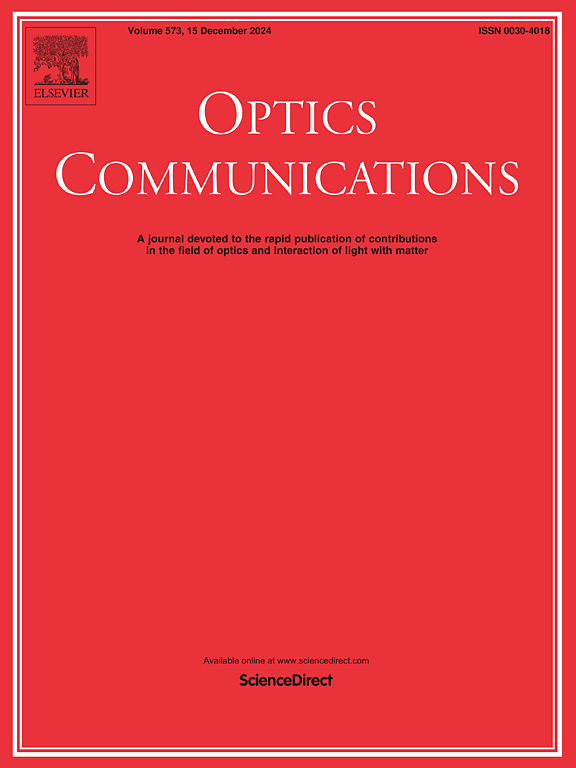SAFT imaging for detection of micro surface defects improved by vector coherence factor using line source laser induced Rayleigh waves
IF 2.2
3区 物理与天体物理
Q2 OPTICS
引用次数: 0
Abstract
Defects such as microcracks and micro holes on material surfaces have significant impact on the operational safety of components. Therefore, the imaging detection, quantification, and localization of surface defects are of critical importance. Laser ultrasonics has been widely applied in defect detection, however, efficient detection of micro surface defects remains a difficulty due to the influence of noise. This study proposed a method that combined the synthetic aperture focusing technique (SAFT) with the laser ultrasonic testing (LUT) for the non-destructive testing (NDT) imaging of micro surface hole defects. The low attenuation characteristic of Rayleigh waves generated by a line source laser expands the detection range for surface defect imaging and improves detection efficiency. Three-dimensional multi-physics simulations of Rayleigh waves produced by both line source and point source lasers were developed to illustrate the propagation characteristics of Rayleigh waves associated with light source configurations. In addition, the interactions between Rayleigh waves generated by various widths of line source lasers and micro hole defects on the surface were simulated and analyzed. Raster scans and SAFT imaging were conducted on surface hole defects with Φ0.1 mm using point source and line source lasers, respectively, for verification of propose method in imaging range. The vector coherence factor (VCF) was applied to improve the SAFT imaging quality, and the factors influencing imaging quality were discussed through experiments. Finally, inspections of surface hole defects with varying diameters were conducted to validate the effectiveness of the proposed method for quantitative defect detection.
求助全文
约1分钟内获得全文
求助全文
来源期刊

Optics Communications
物理-光学
CiteScore
5.10
自引率
8.30%
发文量
681
审稿时长
38 days
期刊介绍:
Optics Communications invites original and timely contributions containing new results in various fields of optics and photonics. The journal considers theoretical and experimental research in areas ranging from the fundamental properties of light to technological applications. Topics covered include classical and quantum optics, optical physics and light-matter interactions, lasers, imaging, guided-wave optics and optical information processing. Manuscripts should offer clear evidence of novelty and significance. Papers concentrating on mathematical and computational issues, with limited connection to optics, are not suitable for publication in the Journal. Similarly, small technical advances, or papers concerned only with engineering applications or issues of materials science fall outside the journal scope.
 求助内容:
求助内容: 应助结果提醒方式:
应助结果提醒方式:


